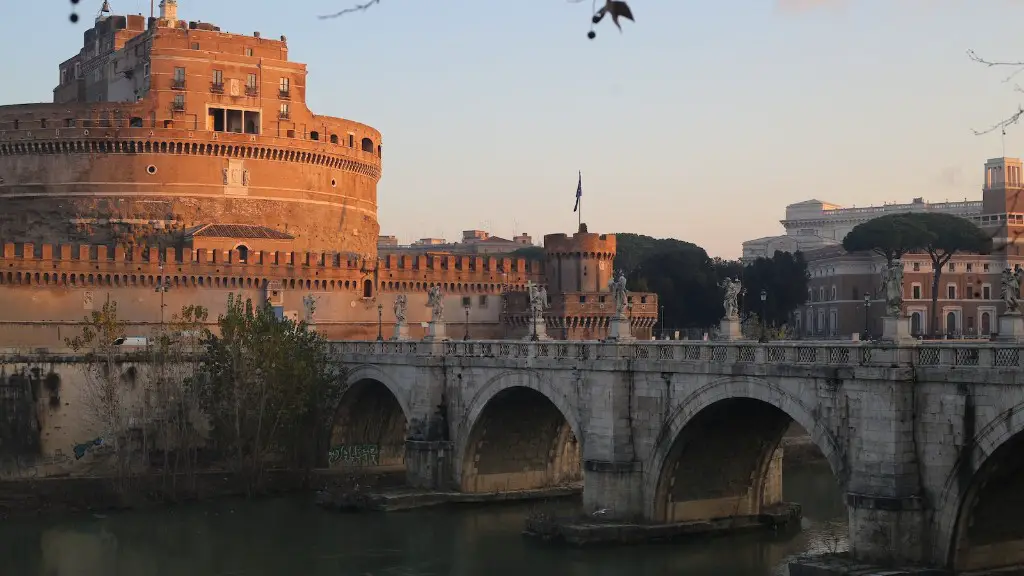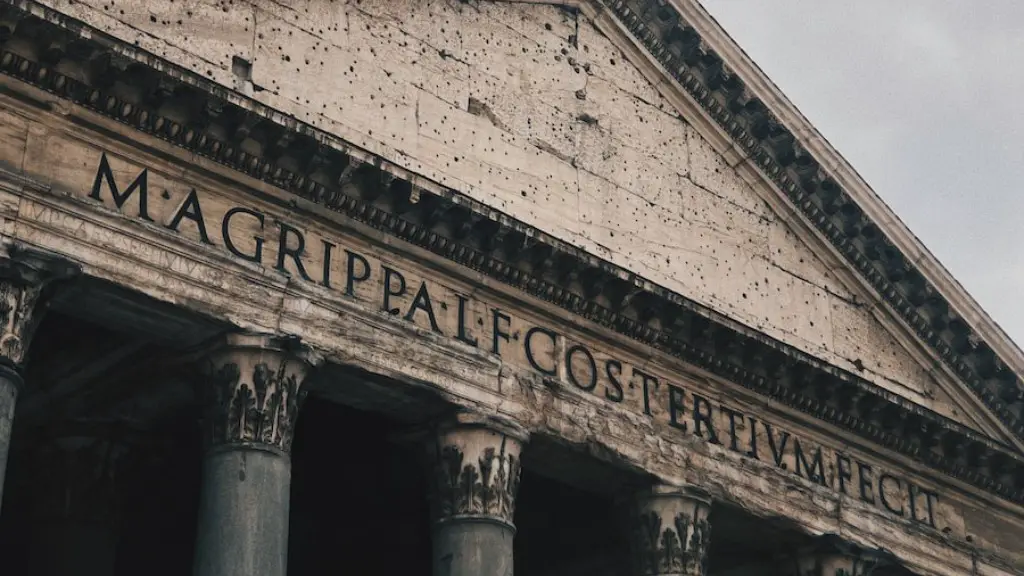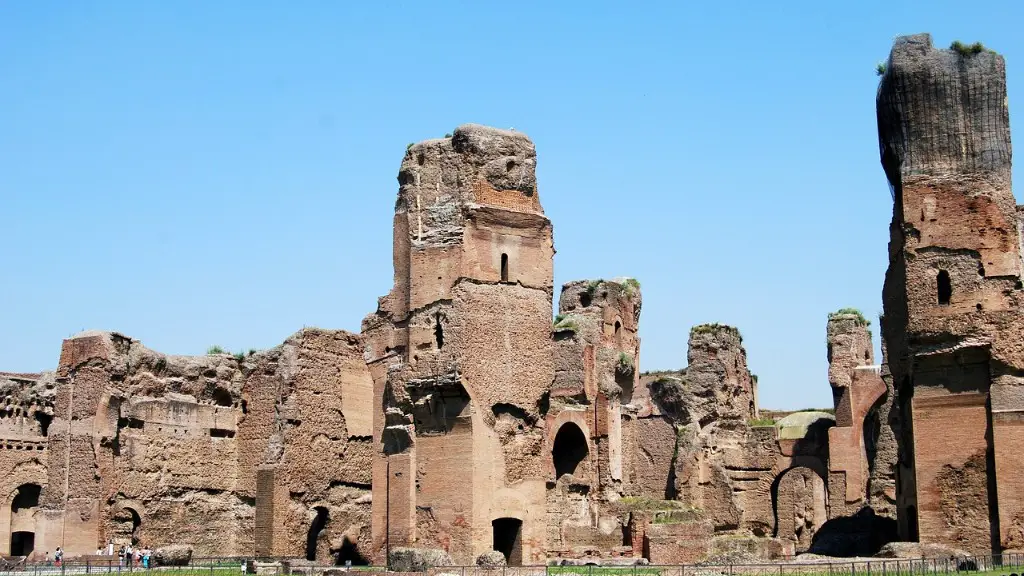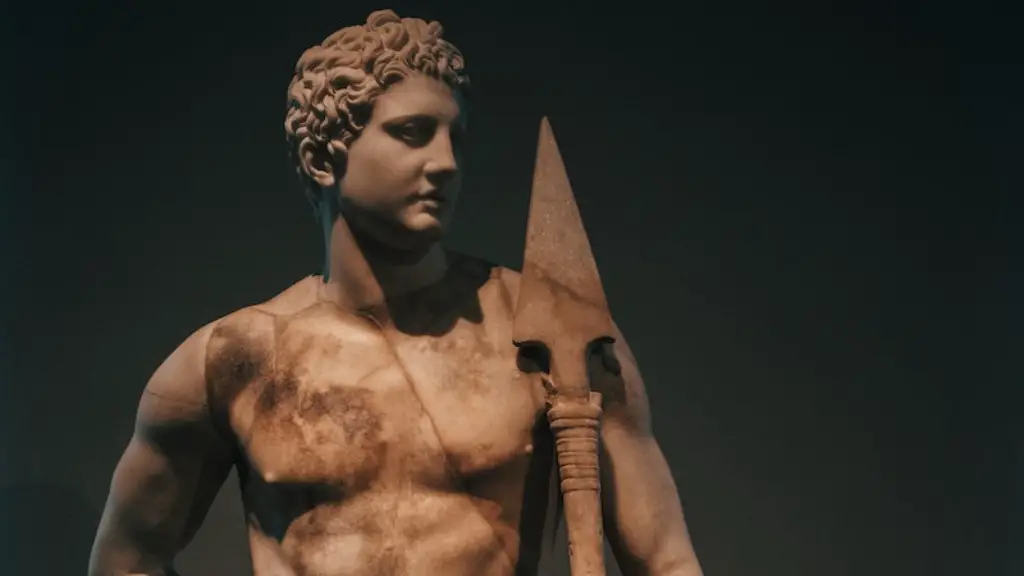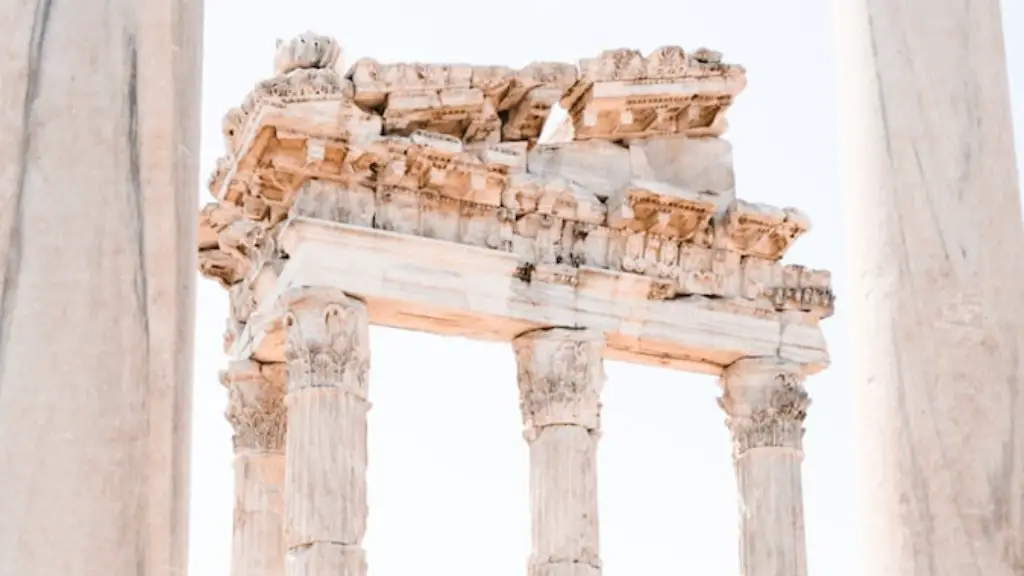Transportation in ancient Rome refers to the means by which the Roman state and people moved goods and people around the city of Rome and its empire. The Roman state began to construct roads and improve transportation soon after its founding in 753 BC. The network of roads grew steadily over the centuries, and by the mid-1st century AD, it had reached its peak. Roman roads facilitated trade and commerce, and were essential for the military to move troops and supplies.
The development of transportation played a significant role in the growth of the Roman Empire. The empire reached its greatest size during the 2nd century AD, when it included an area of more than 5 million square kilometers. This was made possible in part by the development of a network of roads and waterways that allowed for the quick and efficient movement of people and goods.
What transportation problems did Rome face?
Aside from chariots and walking, Romans had other ways of getting around. Large carriages were pulled by animals and could hold several people. The problem? Iron wheels made so much noise that they were actually banned from entering city centers during the day.
The Romans were the first to build roads specifically for travel. The Roman Empire built an extensive network of roads that crisscrossed Europe, Asia and Africa. This allowed for trade and transportation of people and goods to flow more smoothly throughout the empire. Roman roads were made of stone and were extremely well-crafted. They were built to last and many are still in use today.
What is the role of Romans in transportation
The Romans were the first to build a dual carriageway, which was between Rome and its port Ostia. This allowed for two-way traffic and was a huge step forward in transportation. The Roman Road network was extensive and covered most of the conquered provinces. This made Rome the focal point of the empire, hence the saying “All roads lead to Rome”.
The Romans were able to maintain their vast empire in part due to their extensive system of roads. These roads allowed for the easy movement of troops and communication between different parts of the empire. The Romans also built aqueducts to carry water overland to cities and farms. This allowed them to maintain a high level of civilization even in remote areas. The Roman army was instrumental in building the roads that connected the different parts of the empire.
How did road systems affect Rome?
The Roman military was highly efficient in part due to the network of roads and highways that the Romans built to connect their captured cities with Rome. These routes not only allowed the Roman military to move more quickly and outmaneuver their enemies, but they also facilitated the everyday maintenance of the empire. The Romans built these roads with a great deal of foresight, and as a result, their empire was able to flourish for many centuries.
Roman roads were of several kinds, ranging from small local roads to broad, long-distance highways built to connect cities, major towns and military bases. They provided efficient means for the overland movement of armies, officials, civilians, inland carriage of official communications, and trade goods.
What made transportation significant during the ancient times?
In order to facilitate transportation and trade, ancient peoples constructed ports in coastal areas. They also adapted natural waterways using dams or other means, to make them more navigable. This allowed for the movement of people and goods throughout their regions.
Rome’s public transportation system includes metros, busses, trams, and taxis. Different people prefer different modes of transport, each with its own advantages and disadvantages. For instance, the subway or metro has a train that leaves the station every five minutes.
Does Rome have good transportation
Rome’s metro system, despite being one of the smallest in Europe, is significantly fast and reliable, covering several areas of the city center. Operating on 37 miles of tracks with 73 station stops, Rome’s metro network has three lines: Line A (orange), Line B (blue), and Line C (green).
The Romans had an extensive network of roads and waterways that they used to transport goods from one country to another. Britain was a major source of silver and wool for the Romans, who used these materials to make jewellery and coins, and to create clothing.
Roman transport in this era was based on sea routes and roads. Trade was made simpler by the use of a single Roman currency. The roads connected the cities of the Empire, while the Mediterranean was the centre of a network of coastal ports and facilitated a great amount of trade.
The Imperial Courier Service was a vital part of the Roman Empire, transporting messages, officials, and tax revenues from one province to another. This system was highly efficient and allowed for quick and reliable communication between different parts of the empire. The Imperial Courier Service was an essential part of the Roman bureaucracy and helped to maintain order and stability throughout the empire.
What helped the Roman Empire spread
The military was one of the key reasons for Rome’s success. The Roman army was highly trained and disciplined, growing in reputation as the best army in the world. With their success in war, the empire was able to expand its control over 3 separate continents including Asia, Africa, and most of Europe. The military allowed Rome to become one of the most powerful empires in history.
Roman roads were built for quick and safe travel and were used by both Roman soldiers and merchants. The surface of the road was cambered so that rain water would run off into the ditches. This made the roads more efficient and kept them in good condition.
Why is all roads lead to Rome important?
The phrase “all roads lead to Rome” is a metaphor meaning that all choices, methods, or actions lead to the same result or goal. This is often used to describe a situation where there is no clear or obvious choice, and all options seem to lead to the same outcome. The origin of this phrase is from the Roman Empire, where the vast network of roads made it possible for goods, knowledge, and military units to be easily transported to and from the capital. This made the Roman Empire very powerful and was an important factor in their success.
The proverb is often used to mean that everything has to start from a single point or else it will be lost and there will be chaos.
How did Roman roads and bridges impact the economy
Roman Roads were important to the economy and the military of the Romans. They allowed for easier commerce between towns and cities and also allowed the Roman Legions to move quickly around the expanding empire. The roads were designed to last despite the environment.
The research indicates that the ancient trade routes are still in use today, which is a testament to the efficiency of these roads. It is clear that the ancient road network was an important part of the development of trade and commerce, and it is still playing a vital role in the modern world.
Final Words
The development of transportation had a major impact on the ancient Roman civilization. The ability to move goods and people more quickly and efficiently made it possible for Rome to become a major economic and political power.Trade routes were established throughout the Mediterranean region and beyond, making it possible for Rome to exchange goods and ideas with other cultures. The development of roads and other infrastructure made it possible for the Roman army to move more quickly and effectively, which helped to expand the empire.
In conclusion, transportation had a major impact on ancient Rome. It allowed for trade to flourish and for the empires to expand their reach. It also facilitated the movement of people and goods, which had a significant impact on the economy and culture of Rome.
